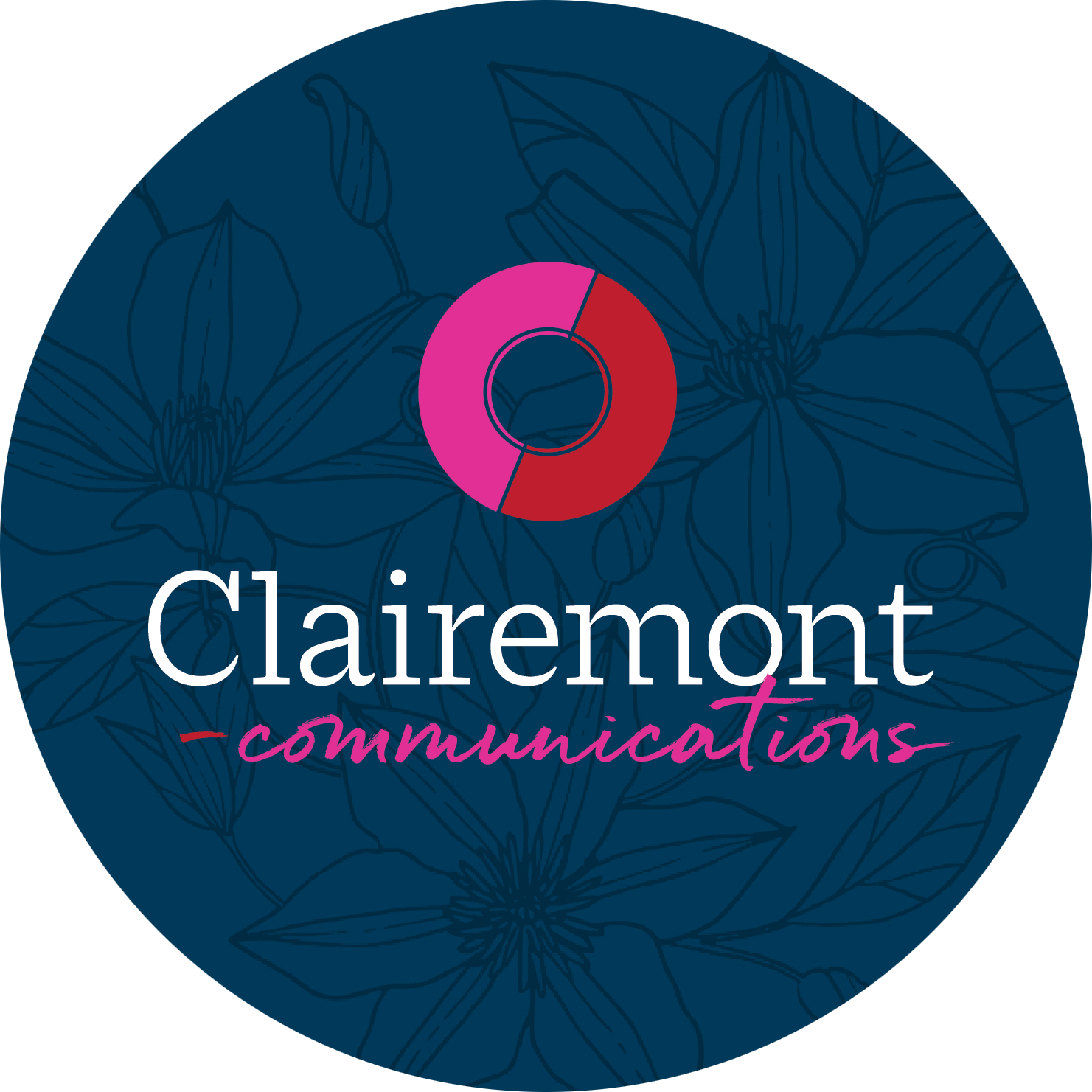Intern McKenzie Muckerman explores the ramifications of “negative PR.”
Miley Cyrus. Urban Outfitters. Uzbekistan. Kanye West.
What do all of these have in common? It’s simple; these entities have all found a way to thrive on negative publicity. Each of them has spun adverse PR in such a way that has allowed them to stay relevant in the public’s mind.
Shock = Value?
Kanye West and Miley Cyrus make their fortune and gain their fame by cultivating and leveraging media attention. For these two celebrities, it’s all about shock value.
Miley did a complete 180-degree turn when she transformed from a wholesome, Disney Channel star to a twerking, scantily clad performer. Meanwhile, Kanye interrupted Taylor Swift mid-speech on stage and instantly skyrocketed his fame factor. Both of these stars have had VMA performances that garnered more tweets per minute than Super Bowl XLVII, aptly named the “Blackout Bowl.”
For these two stars, infamy and fame are synonymous.
It appears that the media thinks that Urban Outfitters adhered to the same marketing formula: controversy = customers. Recently, Urban Outfitters sold a “vintage-inspired” Kent State University sweatshirt sporting what seemed to be fake blood spatter. As expected, a media firestorm ensued.
Media outlets claimed that the sweatshirt was related to the shooting that occurred at the University during the 80s. Urban claimed that the red dye was part of the vintage look and was not intended to resemble blood. Following Urban Outfitters’ scandalous history in the press, the media didn’t hesitate to implicate that this product was just another ploy for the retailer to broaden its exposure. Note, however, that despite the negative claims, Urban Outfitters still garnered significant airtime and news coverage.
Uzbekistan, a small country in the Middle East, was pretty much off the travel radar until the edgy comedy, Borat, hit theaters in November 2006. The entire film portrays an exaggerated interpretation of ethnic stereotypes and casts Uzbekistan in a less-than-favorable light. However, following the film’s release, travel inquiries to Uzbekistan increased by a staggering 300 percent, and the once unnoticed country is now a viable vacation destination.
The Exception or the Rule?
In all of these instances, negative publicity, without a doubt, amplified their spotlight.
However, there are other instances where negative press has ruined a celebrity, country or company. Tiger Woods and BP are great examples of the anguish that bad publicity can bring. Tiger lost millions of dollars in sponsorships and countless fans. BP lost billions of dollars and the trust of investors and consumers alike.
So, this poses the question: Are Kanye, Miley, Uzbekistan and Urban the exception or the rule?
In the grand scheme of things, Miley and Kanye’s actions pale in comparison to the scandalous nature of Tiger’s exploits and the trillions of dollars of unforeseen damage BP caused the environment and the people of the Gulf Coast.
These were “accidents” that were never supposed to happen. Tiger certainly never intended for his affair to come out, and BP certainly never expected to leak 4.9 million barrels of oil into the Gulf.
Miley and Kanye’s actions, on the other hand, created a conversation and likely achieved what they aimed to accomplish.
Changing the Conversation
Regardless if a response is intentionally sought, non-response to negative publicity marks a missed opportunity. Lack of chatter about a brand is the same as getting a three-star rating; you don’t know where the brand stands. When a brand receives negative PR, it’s not hard to identify what went wrong and opportunities for the brand to improve.
Feedback, whether positive or negative provides a platform to identify opportunities for growth, join the conversation and influence the audience’s experience. It is an opportunity to turn the naysayers into brand ambassadors. Anyone that cares enough about a brand to spur bad publicity cares enough to share positive messages as well, and hence, these individuals warrant careful, heart-felt attention.
As you and your company plan for similar contingencies, take the time now to build your crisis communication team and public relations council. Develop definitive strategy and clear, actionable tactics that address possible situations should they arise. In crisis communication, a swift, strong response can transform negative publicity into positive advocacy.
